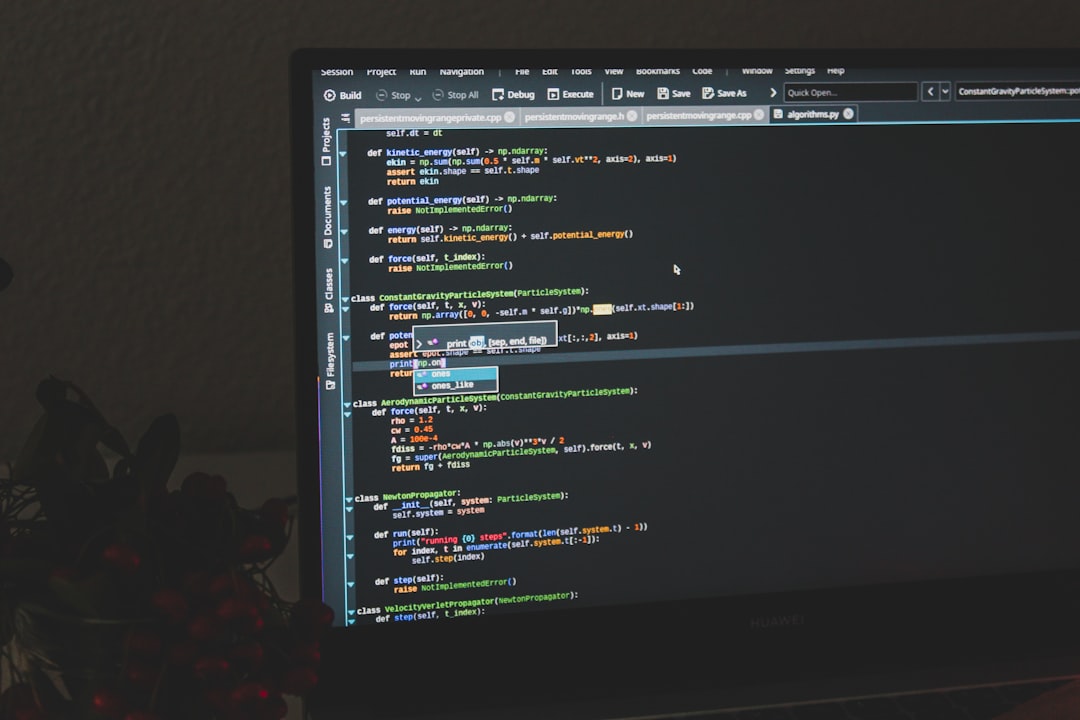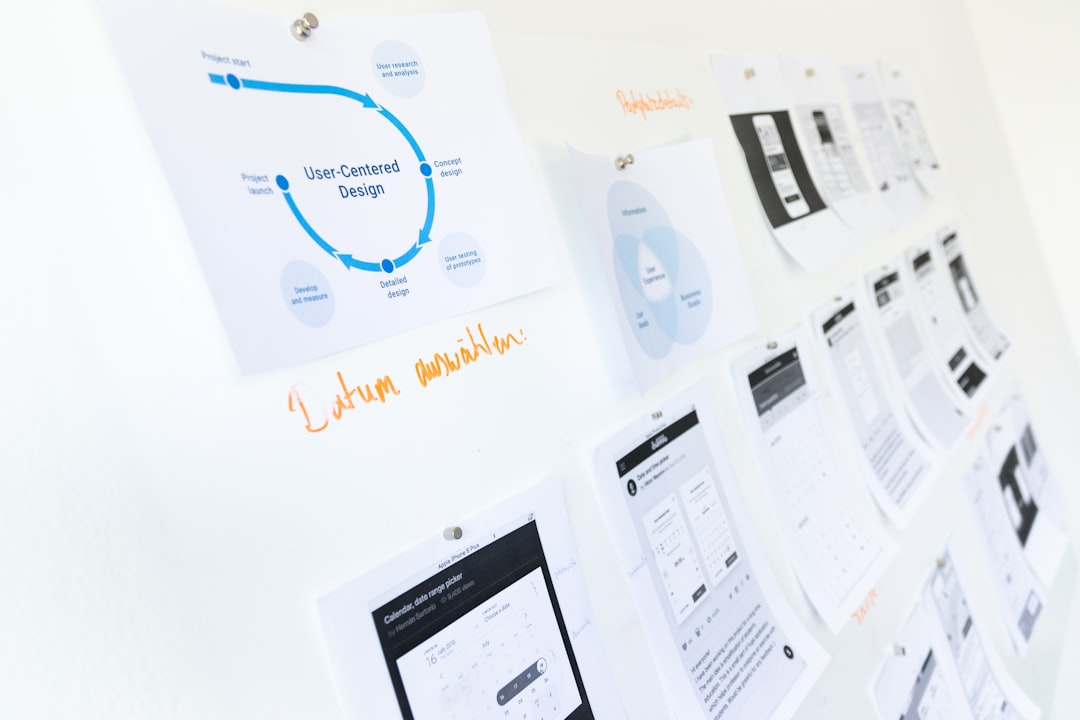Imagine creating a software app without writing 10,000 lines of code. Sounds like a dream, right? But that’s what DevGen AI promises. It’s like having a super-smart assistant that builds software for you. On the flip side, we have traditional development tools—the old-school way of coding everything by hand. So, which one should you pick?
Let’s dive into this fun comparison of DevGen AI vs Traditional Development Tools. Whether you’re a total beginner or a seasoned coder, this article will help you decide.
What Is DevGen AI?
DevGen AI is short for Developer Generation Artificial Intelligence. It’s designed to help you create software much faster. Instead of writing all the code yourself, DevGen AI writes a lot of it for you based on your instructions. Just describe what you want, and it builds it. Magic? Not quite. But close enough!

How Do Traditional Development Tools Work?
Traditional tools have been around forever. Think of IDEs like Visual Studio Code, IntelliJ, or tools like Git, Docker, and Postman. These tools help developers write, test, and manage code. With them, you’re doing everything by hand—coding logic, fixing bugs, running tests. It’s powerful, but time-consuming.
Let’s Break It Down
Here’s a quick look at how DevGen AI and traditional tools compare in different areas:
- Speed: DevGen AI is faster. You give it a prompt, and it starts coding.
- Control: Traditional tools give you full control over every line of code.
- Learning Curve: DevGen AI is easier for beginners. No need to learn languages right away.
- Flexibility: Traditional tools let you build anything. DevGen AI might have limitations.
- Debugging: Debugging is built into traditional tools. With AI, you may still need a dev’s help.
Still not clear? Let’s imagine a real-life example.
Build a Weather App
You want to build a simple weather app. Here’s how it might look with each option:
Using DevGen AI:
- You type: “Build me a weather app that shows location-based temperature and a 5-day forecast.”
- DevGen AI thinks, grabs API data, writes code, adds UI elements.
- You get a basic app. Maybe you tweak the color and adjust some settings. Done!
Using Traditional Tools:
- Pick a language: JavaScript? Python?
- Set up your local environment and tools.
- Write the code to call a weather API.
- Build HTML/CSS for the UI.
- Test it. Debug it. Polish it.
- Finally, you have an app!
Both paths lead you to a working app. But with DevGen AI, it’s way faster and easier for non-coders. Traditional tools require more work but offer more custom power.
When Should You Pick DevGen AI?
DevGen AI is a great pick if you fall into any of these categories:
- Beginner coder: You don’t know Python from Ruby, and that’s fine!
- Prototype builder: You want to test ideas quickly.
- Time crunched: You don’t have weeks to build a full app.
- Solo startup founder: You need help, and hiring a dev team is expensive.

In these cases, DevGen AI is your superhero sidekick. It helps you get things done fast and with minimal stress.
When Should You Use Traditional Tools?
On the other hand, traditional tools shine when you need:
- High customization: You want full control over every pixel and function.
- Scalability: You’re building something big. AI might not handle all edge cases.
- Security: You want to check each line to secure your app.
- Learning: You want to truly understand how software works under the hood.
Traditional tools are the deep end of the pool. If you want full mastery, this is the way to go.
Let’s Talk Pricing
Cost matters too. DevGen AI platforms often charge by usage or on a monthly basis. Think of services like GitHub Copilot or Replit AI. They may cost anywhere from $10 to $50 per month.
Traditional tools like code editors are mostly free. But once you start using cloud services, dev tools, and deploy apps, things add up. Sometimes, the cost isn’t in money—it’s in time and effort.
Team Collaboration
Working with a team? Traditional tools give you more collaboration features. Tools like Git and GitHub make it easy to work with others, review code, and track changes.
DevGen AI tools are catching up. Some allow pair programming with AI. But human-to-human collaboration is still smoother with the old-school stack.
Learning Opportunity
Want to grow your skills? Traditional tools are better teachers. You’ll run into bugs and fix them. You’ll understand how the web, databases, and servers work. It’s a bit tougher, but super rewarding.
DevGen AI skips a lot of that. It gives you answers instead of helping you dig for them. Faster, yes. But the learning? A bit shallow.
The Fun Part: What If You Combine Both?
Who says you need to pick just one?
- Use DevGen AI to build your first draft.
- Then use traditional tools to optimize and customize it.
- Let AI help you with routine code, while you focus on problem-solving.
This combo lets you move fast and learn as you grow. Best of both worlds!
The Industry Shift
More developers are adopting AI tools every day. They’re not here to replace devs, but to supercharge them. Companies want faster shipping times. Startups want fewer blockers.
But big apps, especially ones with heavy security or custom needs, still rely on traditional tools. Think of banks, governments, healthcare—they like control. And rightfully so.

So… Which One Should You Choose?
Here’s a quick cheat sheet:
- Use DevGen AI if you want speed, simplicity, and fast results.
- Use traditional dev tools if you want full control, deep learning, or are working on a big project.
- Combine both if you’re smart. Use AI for the heavy lifting. Use traditional tools to polish and learn.
Final Thought
Whether you pick DevGen AI, traditional tools, or mix them both, the key is to start building. The best developers aren’t the ones who know the most tools. They’re the ones who build, test, learn, and keep going.
The future is bright—and a little bit automated. Welcome to a new era of development!



